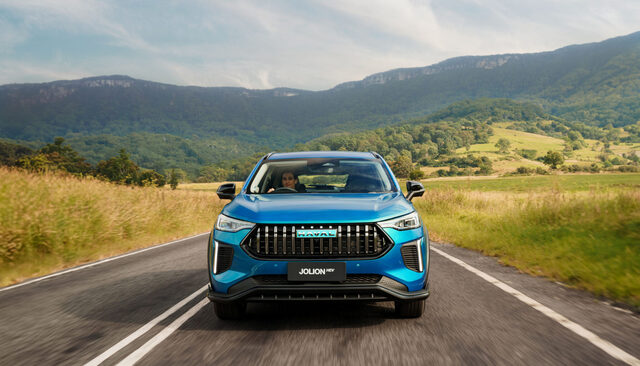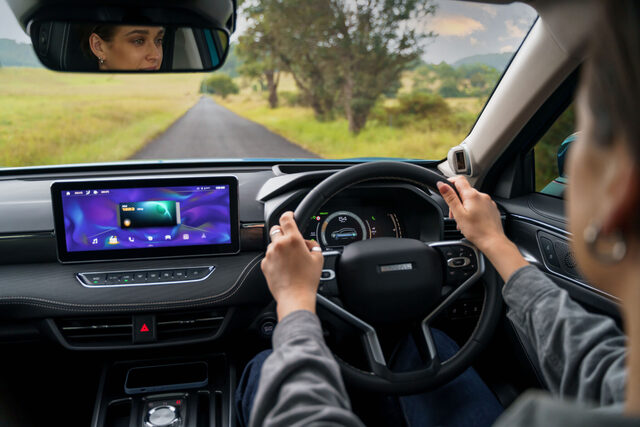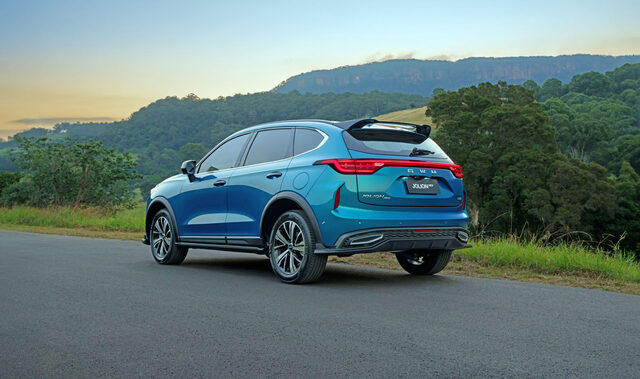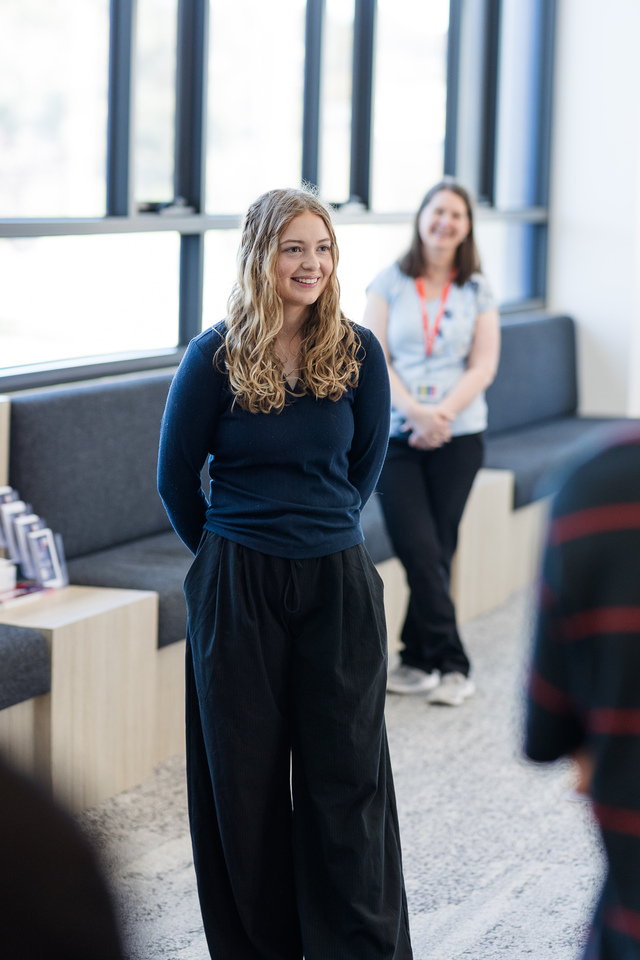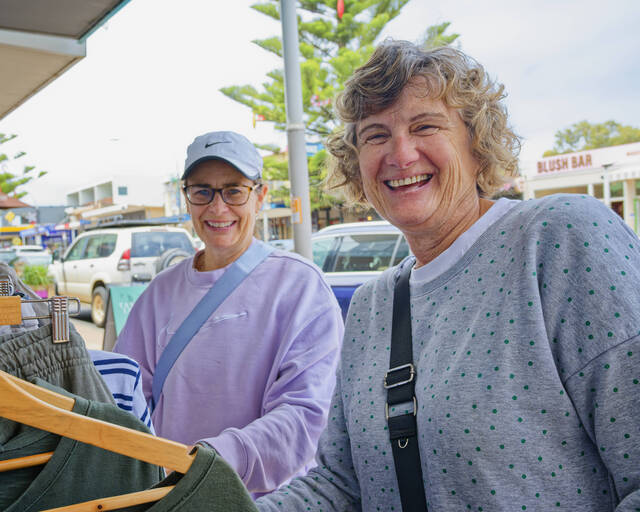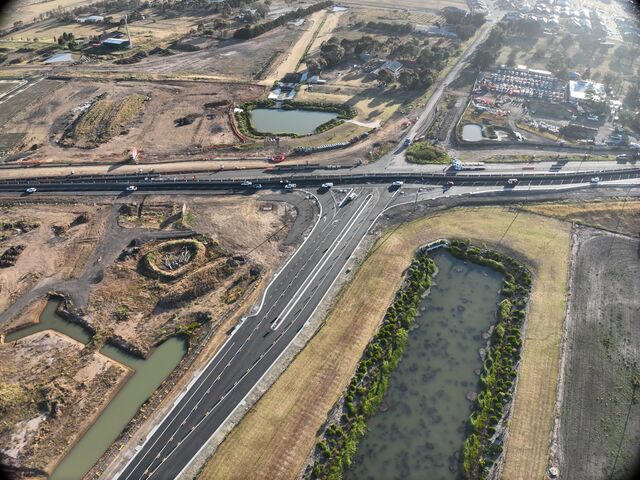The growth in sales of Chinese vehicles continues to gain momentum.
While the SAIC subsidiary, MG Motor, is leading the way with its big-selling SUVs the original breakthrough was made a decade ago with the Great Wall company targeting the tradie market with cheap workhorse utilities of questionable safety quality.
That’s all changed and Great Wall, now re-branded as GWM and with improved quality, and an expanded range that now includes three SUVs sales have jumped to such an extent that in September 2024 GWM broke through into Australia’s top 10 highest selling brands.
Somewhat confusingly the larger two SUVs, the large H6 and mid-sized Jolion, carry both GWM and Haval badges.
The Jolion, which we’re testing here, is by far the biggest-selling GWM vehicle. Indeed, it currently sits third in the booming Small SUV category behind its fellow Chinese MG ZS and the Hyundai Kona.
Jolion comes in three equipment levels: Premium, Lux, and Ultra each with the choice of turbo-petrol or petrol/electric hybrid.
Prices, which are all driveaway, range from $26,990 for the petrol Premium up to $38,990 for the Ultra hybrid.
STYLING
On sale here since 2021 Jolion was given an upgrade in April 2024 with changes to the front grille and front and rear bumpers providing a sportier look.
GWM badging is added for the first time, although the previous Haval label remains prominently at the centre of the grille.
The entry-level Premium gets halogen headlights, Lux and Ultra step up to LEDs. Ultra rolls on machine-finished 18-inch alloy wheels, Premium and Lux on 17-inch alloys.
INTERIOR
Our first impression was that Jolion is larger than we expected, most noticeably on the inside. A comparison of its exterior dimension with other vehicles in its class confirms that it is around the longest (4472mm) but clearly the widest (1898mm) making for excellent all-round interior space.
Headroom is compromised by the sloping roofline and sunroof, as is the rear view is restricted by the angled window. Storage is taken care of by a central bin and a pair of cup holders in two sizes in the centre console, while door pockets can fit bottles.
A blend of soft touch surfaces, aluminium-style accents and leather wrapped steering wheel give a premium look to the cabin.
There are plenty of sensible storage options on and below the centre console with USB ports at both the front and rear. There’s a large central bin and a pair of cupholders in two sizes in the centre console, while door pockets can fit bottles.
The Ultra that we tested comes with a wireless smartphone charging pad at the bottom of the front console.
Boot space with the rear seatbacks in place is 337 litres, expanding to 1133 litres with the 60:40 second row stowed. That’s in the petrol models, the battery reduces that down to 255 and 916 in the hybrids.
Petrol variants get a space-saver spare wheel, hybrids rely on a tyre repair kit.
POWERTRAINS
Although all variants come with a 1.5-litre turbo-petrol engine outputs vary. The petrol Premium and Lux models get 105 kW and 210 Nm while the petrol Ultra puts out 130 kW and 270 Nm.
The three hybrids combine 70 kW and 125 Nm from the petrol engine and 115 kW and 250 Nm from the electric motor to produce 140 kW and 375 Nm.
There is no all-wheel drive option, all models are front wheel drive through a seven-speed dual-clutch transmission.
Drive modes are Standard, Eco, Sport and Snow.
INFOTAINMENT
The best that can be said about the Jolion’s infotainment system is that it looks great with its 12.3-inch high-resolution colour multimedia touchscreen in the centre of the dashboard.
Unfortunately, as we’re seeing far too often nowadays, too many features are accessed through the screen instead of the more convenient, and safer, physical rotary dials. In Jolion’s case the air conditioning controls sit in a glass touch control horizontal bar below the touchscreen which is difficult to use as well as being all but invisible in broad sunlight.
Wired access to Apple CarPlay and Android Auto is standard.
Screen sizes vary. The Premium petrol has a 3.5-inch LCD digital instrument cluster, all others have a 7.0-inch screen behind the steering wheel with a range of system information.
The infotainment screens are 10.25-inch in the Premium and petrol Lux, 12.3-inch in the Ultra and hybrid Lux.
SAFETY
Jolion received a five-star ANCAP rating when tested in 2022.
There’s an impressive range of features including seven airbags, intelligent adaptive cruise control with stop and go, secondary collision mitigation, roll movement intervention, hill descent control, hill-start assist, tyre pressure warning, rear parking assist and rear view camera, intelligent cornering control, rear cross traffic alert and braking, forward collision warning, lane departure warning, lane keeping assist, traffic sign recognition, blind spot detection with lane change assist, rear collision warning, door open warning; traffic jam assist and two ISOFIX child seat anchors.
There’s also a driver inattention alert system in the form of a camera located at the bottom of the A-pillar. Great feature of course and a potential life-saver but, because so many features require multiple taps on the touchscreen or the air-con bar, it gets activated far too often.
Variants above the entry-level Premium add a 360-degree camera.
All Jolion models get the same six-speaker audio system.
DRIVING
Despite its modest power (110 kW) and torque (220 Nm) outputs Jolion moves along nicely enough thanks partly to Haval’s new global lightweight modular platform.
On the downside there is noticeable turbo lag on take-off and some jerkiness at low speeds from the seven-speed dual clutch transmission.
Overall Jolion doesn’t have any performance credentials but that’s not going to be an issue for potential buyers.
Fuel consumption is listed at 8.1 litres per 100 kilometres from the petrol engine and 5.1 L/100 km from the hybrid. We averaged 9.4 L/100 km during our week of testing in the Ultra Lux.
SUMMING UP
With the credibility of Chinese vehicles steadily improving, thanks in no small part to its MG rivals the Haval Jolion is certainly worth considering.
While it does have a number of annoying features there’s plenty in the Haval Jolion that will appeal. Technology is right up-to-date and there’s an excellent level of safety features.
Pricing is very competitive pricing enhanced by a seven-year unlimited kilometre warranty, five years roadside assist and an attractive capped price servicing program.
AT A GLANCE
Premium petrol: $26,990
Lux petrol: $29,990
Ultra petrol: $32,490
Premium hybrid: $32,990
Lux hybrid: $35,990
Ultra hybrid: $38,990
Note: These are driveaway prices.

